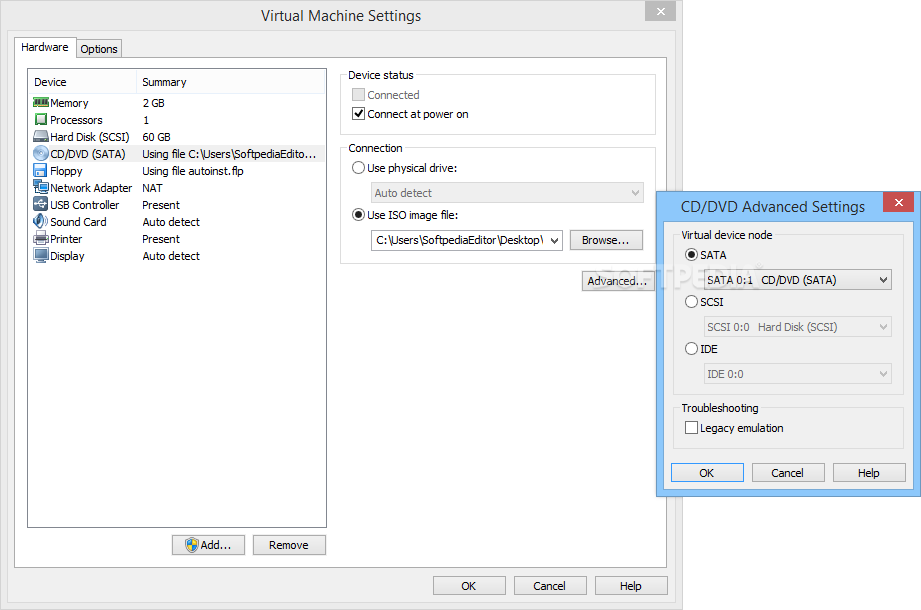
By the way instead of -t 0 you could use -t 2 for a preallocated single disk, which is the best choice for perfomance. VMMERGED.VMDK is the new file, which will be created as a single, growable virtual disk. Where vmsplittest.vmdk is the VMDK file you have right now, which is split in 2GB files. You need to power off the VM and use a tool that ships with VMware Workstation.įrom the command prompt run the following command: "C:\Program Files (x86)\VMware\VMware Workstation\vmware-vdiskmanager.exe" -r vmsplittest.vmdk -t 0 vmmerged.vmdk Unfortunately merging those pieces afterwards requires downtime. Next time you create a new VM, choose ‘store virtual disk as a single file’ to avoid this issue. The screen looks like this when you create a new VM, note the default is set to ‘split”: File access in Windows, however, is much better optimized when you are dealing with one large fixed file instead of many interdependent small ones.

This default setting is unfortunately not very useful from a performance perspective. This setting likely exists only because some file systems can’t handle extremely large file sizes. These steps will speed up and offer better performance, during normal operation but also during backups with your VMware backup software.įirst you would want to merge split VMDKs that VMware Workstation creates by default.

This article describes a couple of quick steps to speed up VMware Workstation.


 0 kommentar(er)
0 kommentar(er)
